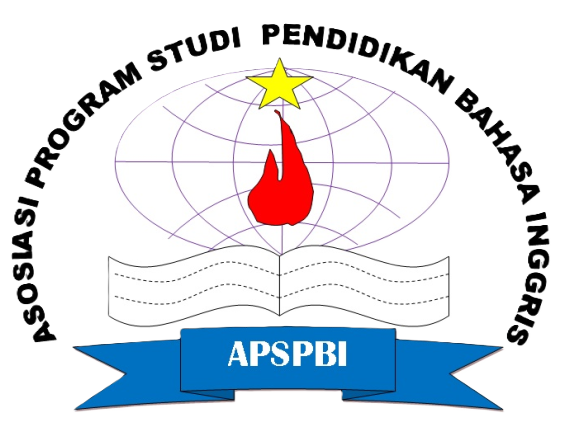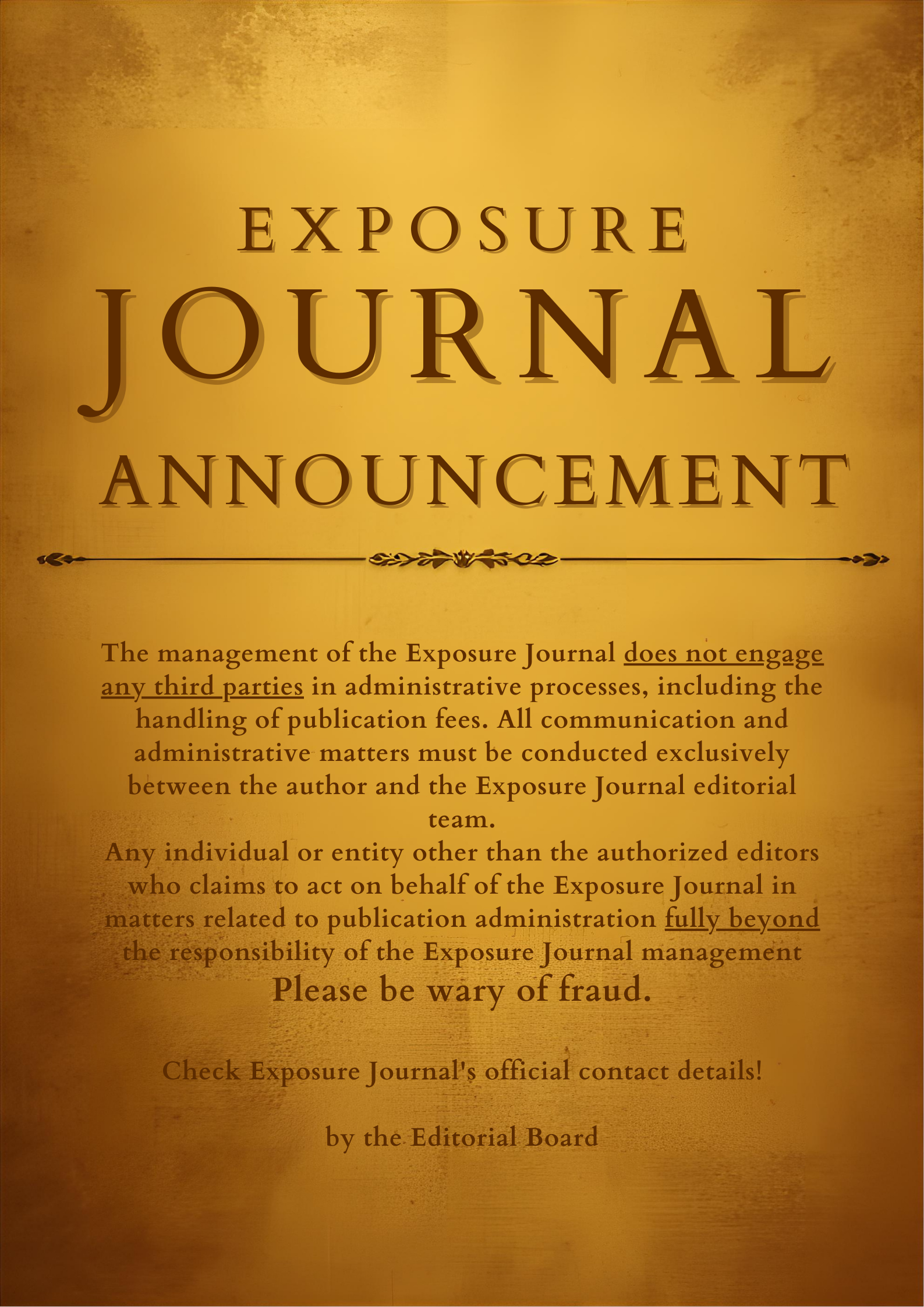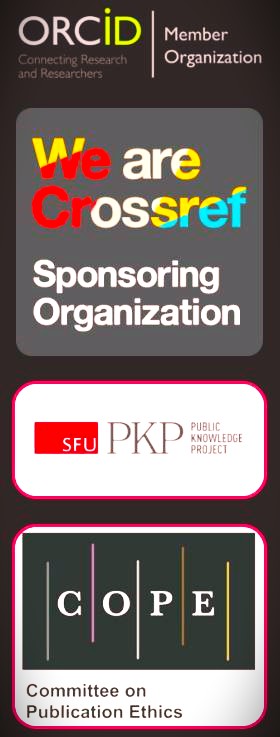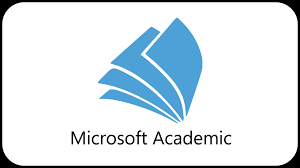THE IMPLEMENTATION OF STUDENTS FACILITATOR AND EXPLAINING MODEL THROUGH VIDEO BLOG (VLOG) TO ENHANCE SPEAKING SKILL
DOI: https://doi.org/10.26618/exposure.v9i2.4335
Learning Model, Student Facilitator and Explaining, Media, Video Blogs and Speaking.
Abstract
Student Facilitator and Explaining Learning Model is a learning model where students learn to present ideas / opinions to other fellow students. This learning model is effective for training students to speak to convey their own ideas or opinions. This learning model will be relevant if students actively participate in designing the learning material to be presented. By collaborating students' ideas into video blogs or digital content that can be uploaded on social media such as Instagram, YouTube or Facebook, it is hoped that students can improve their speaking skills and be able to motivate students in the language learning process. This study used a quasi-experimental method. The population of this study is the ninth grade of SMPN 35 Makassar in the academic year 2020/2021. This study uses cluster random sampling. The sample in the study consisted of 60 students who were in two groups; 30 students in the control group and 30 students in the experimental group. The research data were collected using speaking tests, which was analyzed descriptively, and inferential statistics through the SPSS version 22 program for Windows. The results of this study indicate that there was a significant improvement after the implementation of the Student Facilitator and Explaining Learning Model on students' speaking skills. Based on these results, it is hoped that teachers, principals and stakeholders with an interest in education development can apply this learning model in terms of improving students' speaking skills and increasing student motivation in learning languages.
References
Ahmad, Abdul Karim. (2007). Media Pembelajaran. Makassar: Badan Penerbit UNM Makassar.
Aqib,Zainal. (2013). Model-Model, Media, dan Strategi Pembelajaran Kontekstual (inovatif). Bandung: Penerbit Yrama Widya.
Iswara, P. D. (2016). “Pengembangan Materi Ajar dan Evaluasi pada Keterampilan Menulis dan Berbicara di Sekolah Dasar” Sumber:
Proceeding International Seminar 2016, Gender Perspective of Multiliterate Development in the Era of ASEAN Economic Community, UHAMKA, Jakarta, 27-28 April 2016.
Klinger, T. (2006). Learning Approach, Thinking Style and Critical Inquiry: The Online Community. The Korean Journal of Thinking & Problem Solving, 16(1), p. 91-113
Rahayu, I. (2019). Students’ Perspective on the Use of Vlog Media for Speaking Class at SMK Negeri 01 Pagerwojo.
Resmini, N. (2009). Pembinaan dan Pengembangan Pembelajaran Bahasa dan Sastra Indonesia. Bandung: UPI Press.
Saiful, J. A. (2019). EFL teachers’ cognition in the use of YouTube Vlog in English language teaching. Journal of Foreign Language Education and Technology, 4(1), 72-91.
Sahara, R., Irwansyah, F. S., Darmalaksana, W., & Ramdhani, M. A. (2018). Utilization of Social Media Vlog to Enhance Creativity Students in Project Based Learning.
Shoimin, A. (2014). 68 Model Pembelajaran Inovatif Dalam Kurikulum 2013. Yogyakarta: Ar – Ruzz Media.
Suprijono, A. (2010). Cooperative Learning Teori dan Aplikasi PAIKEM. Yogyakarta: Pustaka Pelajar.
Suyatno, (2009). Menjelajah Pembelajaran Inovatif. Sidoarjo: Masmedia Buana Pustaka.
Tarigan, H.G. (2013). Berbicara Sebagai Suatu Keterampilan Berbahasa. Bandung: Angkasa
Downloads
Published
How to Cite
Issue
Section
License
Authors who publish with this journal agree to the following terms:
In order to assure the highest standards for published articles, a peer review policy is applied. In pursue of the compliance with academic standards, all parties involved in the publishing process (the authors, the editors and the editorial board and the reviewers) agree to meet the responsibilities stated below in accordance to the Journal publication ethics and malpractice statement.
Duties of Authors:
- The author(s) warrant that the submitted article is an original work, which has not been previously published, and that they have obtained an agreement from any co-author(s) prior to the manuscript’s submission;
- The author(s) should not submit articles describing essentially the same research to more than one journal;
- The authors(s) make certain that the manuscript meets the terms of the Manuscript Submission Guideline regarding appropriate academic citation and that no copyright infringement occurs;
- The authors(s) should inform the editors about any conflict of interests and report any errors they subsequently, discover in their manuscript.
Duties of Editors and the Editorial Board:
- The editors, together with the editorial board, are responsible for deciding upon the publication or rejection of the submitted manuscripts based only on their originality, significance, and relevance to the domains of the journal;
- The editors evaluate the manuscripts compliance with academic criteria, the domains of the journal and the guidelines;
- The editors must at all times respect the confidentiality of any information pertaining to the submitted manuscripts;
- The editors assign the review of each manuscript to two reviewers chosen according to their domains of expertise. The editors must take into account any conflict of interest reported by the authors and the reviewers.
- The editors must ensure that the comments and recommendations of the reviewers are sent to the author(s) in due time and that the manuscripts are returned to the editors, who take the final decision to publish them or not.
Authors are permitted and encouraged to post online a pre-publication manuscript (but not the Publisher’s final formatted PDF version of the Work) in institutional repositories or on their Websites prior to and during the submission process, as it can lead to productive exchanges, as well as earlier and greater citation of published work (see The Effect of Open Access). Any such posting made before acceptance and publication of the Work shall be updated upon publication to include a reference to the Publisher-assigned DOI (Digital Object Identifier) and a link to the online abstract for the final published Work in the Journal.














